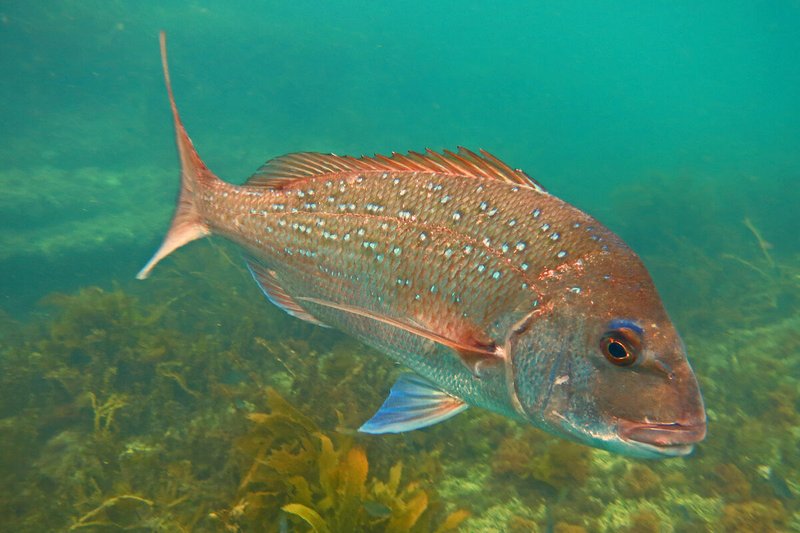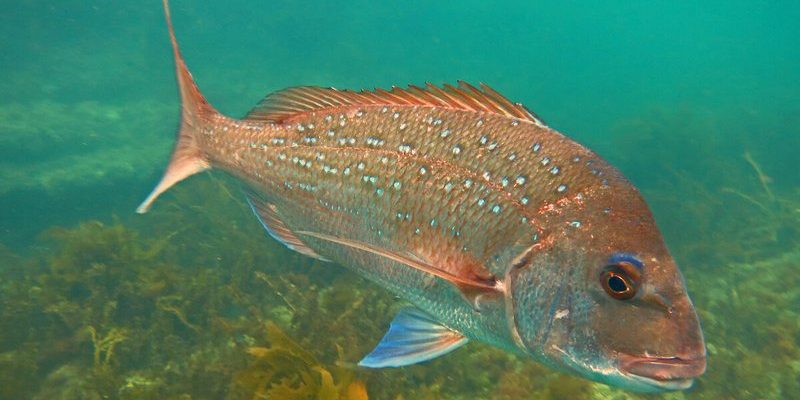
Imagine the snapper as a central player in a complex game of chess—the ocean ecosystem. Each piece on the board represents a different component of their environment, from other fish to the reefs where they live. When one piece is threatened, it can throw off the entire game. Let’s delve into the common threats to snappers and understand their impacts better.
Overfishing: A Major Concern
One of the most significant threats to snappers is overfishing. This happens when fish are caught faster than they can reproduce, leading to a decline in their population. Honestly, it’s like trying to eat a whole pizza by yourself—you might enjoy it at first, but eventually, there won’t be any pizza left for anyone else!
Many commercial fisheries target snappers for their value on the market. While fishing can be sustainable with proper management, the reality is that many regions lack the necessary regulations. Overfishing can lead to younger snappers being captured before they’ve had a chance to breed, which disrupts the natural population cycle.
Bycatch: The Unintentional Catch
Another troubling aspect of overfishing is bycatch. This term refers to the unintended capture of non-target species while fishing for snappers and other fish. When nets are cast, they don’t just snag the intended fish; they often capture everything in their path, including juvenile snappers and other vulnerable creatures.
This hurts not just the snapper population but also affects other species, potentially leading to ecological imbalances. It’s like trying to clean your room and accidentally tossing everything out, including items you need. Efforts to reduce bycatch, such as using more selective fishing gear, are crucial for protecting snappers and their companions under the sea.
Habitat Destruction: Vanishing Homes
Just as we rely on comfortable homes for shelter, snappers depend on healthy habitats. Habitat destruction, particularly of coral reefs and seagrass beds, poses a significant threat to these fish. These environments not only provide shelter and breeding grounds, but they also support the entire food web.
Coral reefs, for instance, act as a nursery for young snappers. When these delicate ecosystems are damaged by pollution, climate change, or coastal development, snappers lose vital areas for growth and reproduction. It’s like taking away the playground from children—without a safe place to grow, their development can be stunted.
Pollution: Tainted Waters
Pollution is another enemy for snappers. Chemicals, plastics, and other waste materials can find their way into the oceans, affecting water quality and, ultimately, the health of marine life. Snappers and other fish can ingest toxic substances, leading to health issues or even death.
Pollution doesn’t just threaten snappers directly; it can also kill off their food sources, creating a ripple effect throughout the ecosystem. Imagine trying to cook a meal with spoiled ingredients; it simply won’t end well. To counter these threats, communities must work together to reduce pollution and protect our waterways.
Climate Change: A Rising Challenge
You might be wondering how climate change impacts the snapper. Well, the effects are profound and far-reaching. Changes in temperature and ocean acidity can affect the health of coral reefs and fish habitats. For snappers, warmer waters can lead to shifts in their distribution, which might affect their breeding and feeding patterns.
Additionally, climate change contributes to ocean acidification, making it harder for marine life to thrive. Just as we might struggle to adapt to sudden changes in life conditions, snappers may find it challenging to adjust to their changing environment. Protecting their habitats and mitigating climate change are crucial steps in ensuring the survival of these fish.
Invasive Species: New Competitors
Finally, we have invasive species. These are non-native organisms that can disrupt local ecosystems and compete with native species, including snappers. For instance, the lionfish is known to invade coral reefs, preying on smaller fish and competing for resources that snappers might depend on.
Invasive species can throw off the balance in the same way a new player in a game might change the dynamics completely. Addressing the threat of invasive species through monitoring and management is essential to protecting snappers and maintaining healthy marine ecosystems.
The Importance of Conservation Efforts
So, what can we do about these threats to snappers? First off, support conservation efforts aimed at protecting our oceans and marine life. Sustainable fishing practices, habitat restoration projects, and pollution control initiatives can go a long way in helping snapper populations recover.
You can also get involved at a local level. Many organizations focus on ocean cleanup, reef restoration, and advocating for better fishing regulations. Even small changes, like reducing plastic use or supporting sustainable seafood choices, can contribute to the greater good.
Education and Awareness
Lastly, raising awareness about the threats to snappers and their habitats is vital. By educating others about the importance of these fish and the challenges they face, we can encourage more people to take action. Sharing knowledge is like passing on a torch; each person who learns becomes a light for change.
In conclusion, snappers face numerous threats in the wild, from overfishing and habitat destruction to pollution and climate change. Each of these factors plays a pivotal role in their survival, and it’s important for us to acknowledge and address them. By promoting sustainable practices, supporting conservation efforts, and raising awareness, we can work together to ensure a brighter future for snappers and the delicate ecosystems they inhabit. Remember, when it comes to protecting our oceans, every action counts, no matter how small!

